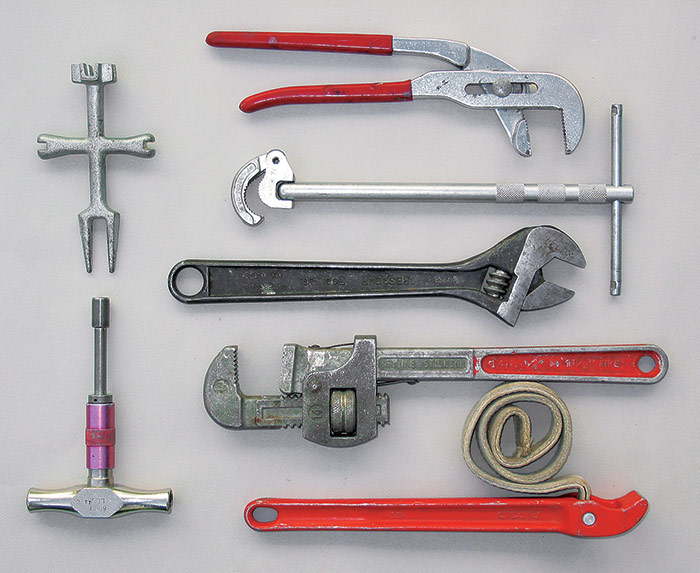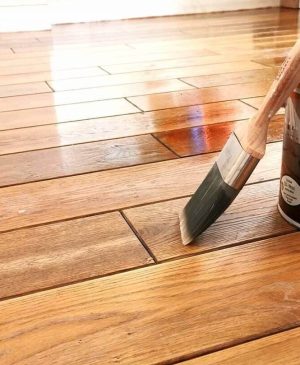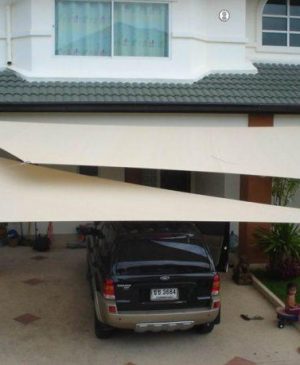In the fast-evolving world of plumbing, innovation is more than just a luxury—it’s a necessity. As the industry continues to advance, the tools used by plumbers have become smarter, more efficient, and incredibly effective at tackling even the most challenging tasks. From precision to automation, the tools available to modern plumbers are reshaping the way plumbing work is done. Whether it’s reducing repair times, improving accuracy, or providing enhanced convenience, the latest trends in plumbing tools are transforming the industry in remarkable ways.
In this article, we will explore the new trends in plumbing tools that are revolutionizing the trade. We’ll cover everything from high-tech diagnostic devices to eco-friendly tools and advanced power tools that are pushing the boundaries of plumbing work. Let’s dive into the future of plumbing, where technology meets craftsmanship.
1. Smart Diagnostic Tools
In recent years, diagnostic tools have become increasingly intelligent. Plumbers used to rely on their instincts and experience to troubleshoot issues in the plumbing system, but now, advanced smart diagnostic tools have entered the scene. These tools can help pinpoint problems with remarkable precision, saving both time and money on repairs.
For example, smart leak detectors are now commonly used to identify leaks before they cause extensive damage. These devices use sensors and Bluetooth technology to monitor water usage and alert plumbers or homeowners when unusual patterns are detected. Smart leak detectors can also track humidity levels in a home, making it easier to identify hidden leaks in walls or ceilings, even before they become noticeable.
Another game-changer is the digital pipe locator, which uses electromagnetic signals to precisely trace the path of underground pipes. Plumbers no longer have to rely on guesswork or intrusive digging to find pipes, saving time and reducing the risk of damaging other structures on the property. These tools use GPS integration and mapping technology to create accurate blueprints of plumbing systems, which are especially helpful in older buildings with complex or outdated plumbing layouts.
2. Augmented Reality (AR) for Plumbing
While augmented reality (AR) has been used for years in other fields, its use in plumbing is still relatively new—but it’s growing quickly. AR technology allows plumbers to visualize plumbing systems in three dimensions before they begin a job. This visualization process can be done through smartphones, tablets, or specialized AR glasses, which overlay digital information onto the real world.
For example, with AR, plumbers can see detailed pipe layouts superimposed on the walls, floors, and ceilings of a building. This makes it easier to determine where pipes are running, which fixtures are connected to which lines, and where repairs are needed—without having to rip open walls or floors to uncover hidden pipes. Some advanced AR tools also integrate with building blueprints, helping plumbers plan more effective repairs or installations.
AR technology has proven especially useful in complex commercial plumbing systems where the sheer scale of the system makes it difficult to trace and manage without digital assistance. By providing real-time, interactive diagrams, AR helps plumbers navigate these intricate systems efficiently, reducing downtime and preventing costly mistakes.
3. Eco-Friendly Plumbing Tools
As sustainability becomes an increasingly important focus for both consumers and businesses, eco-friendly plumbing tools are making their mark. From energy-efficient devices to tools designed to reduce waste, green technology is helping plumbers make environmentally-conscious choices while also improving the quality of their work.
A prime example is the rise of low-energy drain cleaning tools. Traditional drain cleaning methods often involve harsh chemicals that not only damage pipes but also harm the environment. Now, plumbers can use mechanical drain cleaning tools powered by electricity or water pressure, which are much more eco-friendly. These devices clean out blockages without the use of toxic chemicals, reducing their environmental footprint.
Moreover, water-saving plumbing devices are on the rise. Tools like pressure-reducing valves and low-flow showerheads allow plumbers to install systems that conserve water without sacrificing performance. By using such tools, plumbers can help homeowners save money on water bills while also contributing to broader environmental sustainability efforts.
4. Cordless Power Tools
Cordless power tools have long been a staple in the world of plumbing, but the latest innovations are taking them to a whole new level. Today’s cordless power tools are more compact, powerful, and versatile than ever, offering enhanced performance and convenience for plumbers.
For instance, cordless pipe benders are replacing manual pipe-bending tools, making it easier to create precise bends without the hassle of cords or external power sources. These tools are especially valuable when working in tight spaces, such as under sinks or in walls, where traditional, corded tools would be cumbersome or even impossible to use.
Cordless impact wrenches and ratchets have also seen significant improvements in battery life and torque. This means plumbers can use them for longer periods without worrying about the battery running out. These tools are invaluable when it comes to loosening or tightening bolts in cramped or hard-to-reach areas, increasing speed and reducing strain during long working hours.
Moreover, some of these advanced cordless tools feature brushless motors, which offer increased efficiency, reduced friction, and greater longevity, ensuring that plumbers have reliable tools that can withstand the demands of their work.
5. Pipe Inspection Cameras with Advanced Features
One of the most significant advances in plumbing tools in recent years has been the development of advanced pipe inspection cameras. These high-tech devices allow plumbers to see inside pipes, identify blockages, cracks, and other issues, and make decisions with greater precision.
Modern pipe inspection cameras have many features that transform the way plumbers diagnose problems. For instance, high-definition cameras can provide incredibly clear images, allowing plumbers to identify even the most minute issues. Additionally, wifi-enabled cameras enable plumbers to connect their inspection tools directly to smartphones or tablets, making it easier to share images and videos with clients or colleagues in real-time. Some cameras even come with built-in recorders, allowing plumbers to create detailed reports of inspections.
What’s more, flexible and steerable camera cables have made it easier to navigate through pipes that might have sharp bends or tight corners. These improvements save plumbers significant time, as they can now inspect pipes with minimal disruption to the property.
6. Plumbing Robots
A trend that’s still emerging but has huge potential is the use of plumbing robots. These robots are equipped with cameras, sensors, and cutting tools, and can be sent into pipes to perform tasks like cleaning, inspecting, and even making minor repairs.
Some robots can detect corrosion or blockages inside pipes, while others are equipped with small cutting tools that can break through obstructions or remove tree roots. The use of plumbing robots allows for a more precise, less invasive approach to plumbing repairs, minimizing disruption to the home and reducing the need for extensive digging or pipe replacement.
Although still in the early stages of widespread use, plumbing robots offer a glimpse into the future of the industry—where automation and robotics streamline tasks, improve efficiency, and lower labor costs.
7. 3D-Printed Plumbing Parts
The advent of 3D printing technology has extended to the plumbing industry, allowing plumbers to create custom parts on demand. Whether it’s a bespoke fitting, valve, or connector, 3D printing allows plumbers to bypass the limitations of standard stock parts and craft precisely what’s needed for a particular job.
This trend is especially valuable for homeowners with older or unique plumbing systems, where replacement parts may be difficult to find. With 3D printing, plumbers can create replacement parts on-site, reducing downtime and avoiding the need for expensive custom orders or long waits for shipping.
Conclusion
The plumbing industry is undergoing a transformation as innovative tools and technologies continue to reshape the way plumbing work is done. From smart diagnostic tools and AR technology to eco-friendly devices and robotic assistants, the tools of today and tomorrow are enabling plumbers to work more efficiently, effectively, and sustainably. As these trends continue to evolve, the future of plumbing looks bright—one that is defined by smarter, more precise, and less disruptive ways of solving problems.
For homeowners, understanding these trends can help inform decisions about plumbing repairs, upgrades, and maintenance. For plumbers, staying up-to-date with these advancements can enhance their capabilities and efficiency, ensuring they remain at the forefront of their craft. The intersection of technology and plumbing is only set to grow, and as it does, so too will the possibilities for the industry at large.


















